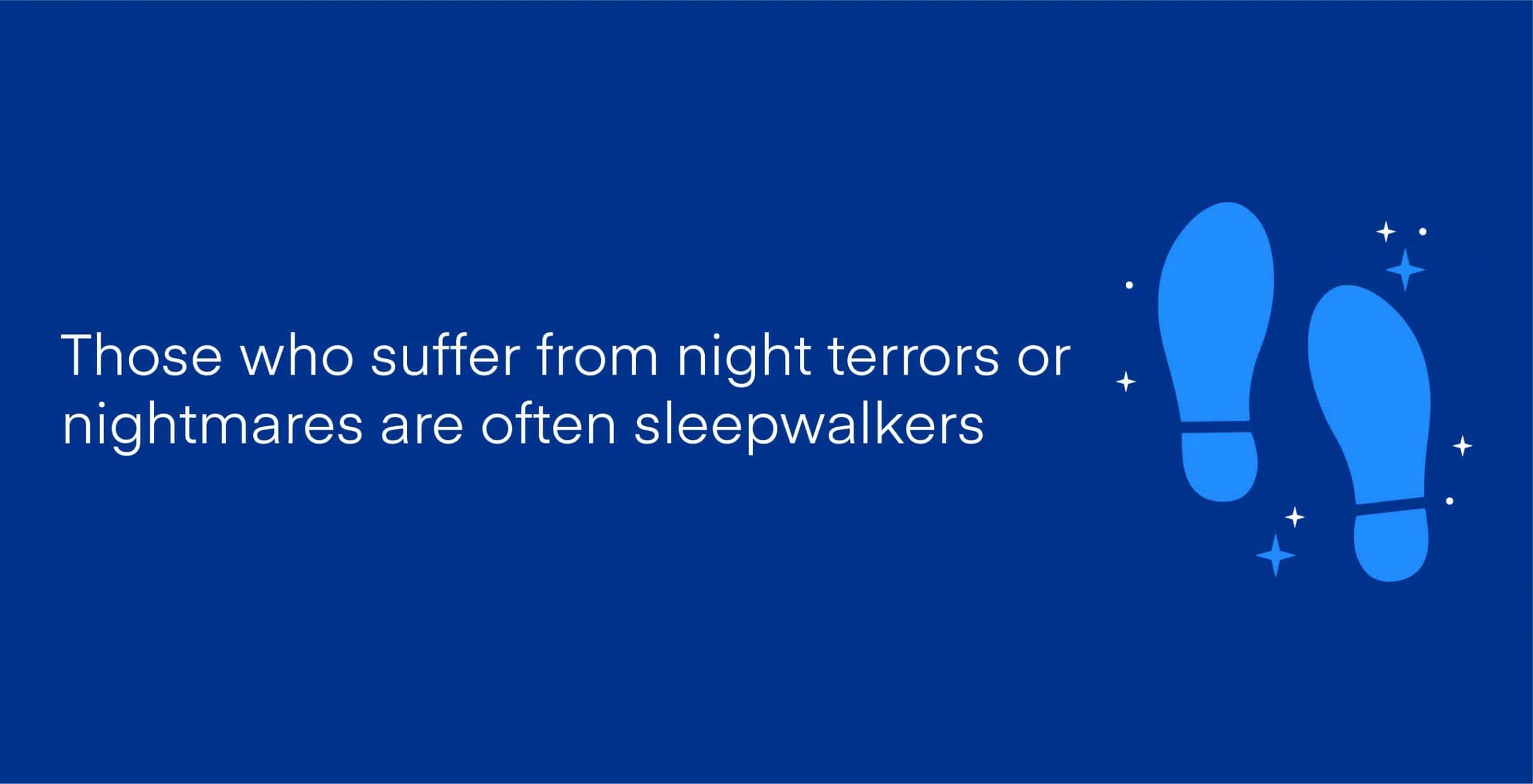
Brushing with a wire slicker brush a few times a week will help to prevent this. The wirehaired Jack Russell Terrier requires a little more care, as burrs tend to stick in the longer hair. The regular JRT coat is short and flat making grooming a breeze requiring brushing with a bristle brush once or twice a week. This size makes them ideal for someone looking for a small but active dog. These small dogs range from 10” to 15” tall and weigh between 13 to 17 pounds. The Jack Russell terrier was bred for speed, prey drive, and hardiness.

WAS THE DIFFERETS BETWEEN THE NIGHT MARE AND NIGHT TERRAER HOW TO
MORE INFORMATION: How To Choose A Dog Breed – Make The Best Choice Should You Adopt a Jack Russell Terrier? It's the only way that you can ensure that you're choosing a breed that will fit in with your family's lifestyle. This includes researching mixed breeds, if you know which breeds make them up. The bottom line is that you need to research any breed that you are considering adopting. While that may be true, what about your outside environment? A Jack Russell needs lots of room to run and play, and chances are you don't have a large yard if you're living in an apartment. You may be assuming that the Jack Russell Terrier will be a great fit for your small apartment. You also need to consider your space restrictions. If you're hoping for a companion that will sit with you on the couch all afternoon, this wouldn't be a good choice for you. For example, the Jack Russell has a lot of energy. Whether you've settled on the Jack Russell Terrier or you're just doing some research before adopting a new canine companion, you need to be sure that you're choosing a dog that will fit in with your lifestyle. Pros and Cons of Adopting a Jack Russell Terrier.Who Shouldn't Consider Adopting a Jack Russell?.Who is the Jack Russell Terrier Best Suited For?.


Sometimes, it would lift and twist me, stretch me in the air, drive me down a racing track. I would feel the force pushing and pulling on my limbs. Even though my mind was conscious, my body was paralysed in the darkness. Since my childhood fever dreams, I’d occasionally perceived another force – a person’s body – visiting me in my sleep, squashing me, stopping me from waking. When I first saw a reproduction of Henry Fuseli’s painting The Nightmare (1781) in secondary school, I experienced anew a sensation I’d never previously encountered translated into words or images. A mare’s eyes glow in the darkness, its head casting a devilish shadow on a crimson curtain. Courtesy: Wikimedia Commons/Detroit Institute of ArtĪ sleeping woman contorts her body on a chaise. Henry Fuseli, The Nightmare, 1781, oil on canvas, 101 × 127 cm.


 0 kommentar(er)
0 kommentar(er)
